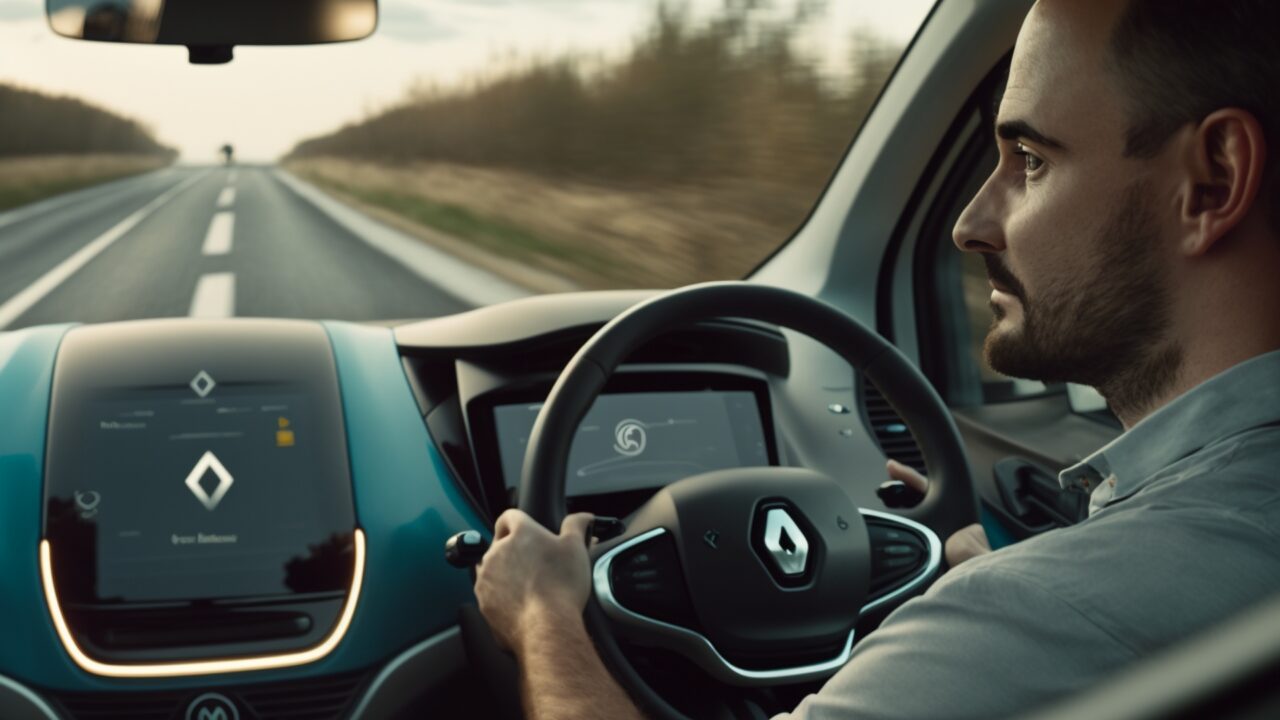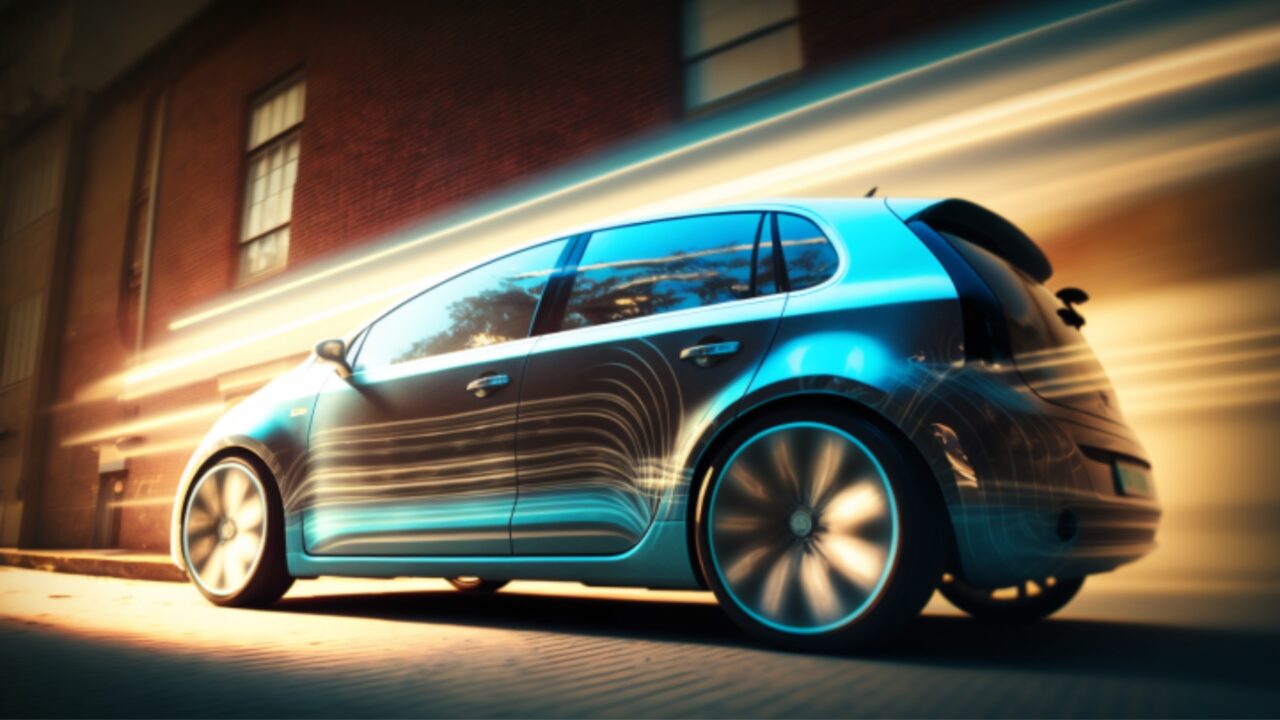Rev up your confidence when buying a used electric car! Don’t let the process intimidate you. Put the pedal to the metal and test drive the car to assess the condition and ensure it meets all your needs, so you don’t miss out on finding the perfect ride!
Check out the cars in your budget
If you’re looking to purchase your first electric vehicle or have been an EV enthusiast for years, it’s crucial to evaluate the vehicle by taking it for a thorough test drive. Researching its features, performance, and operating range is important, but surveys indicate that only a third of car buyers spend time behind the wheel before making a purchase.

Considering that most EVs are priced over £30,000, it’s a significant investment and crucial to ensuring the chosen model meets your needs. Not only do electric vehicles feel different on the road, but their driving behaviour varies from one model to another. So, it’s best to try multiple makes and models before making the final decision.
One of the best ways to do this is through a regional auto show where multiple EVs are available for test drives. If this isn’t an option then, before heading off to a dealership, make an appointment to ensure the EV or a selection is ready and charged for test drives.
Will the vehicle suit you
Before test-driving the vehicle, take some time to familiarise yourself with the vehicle. Check where the charging port is and does it suit your home, and home charging devices. You also need to check if the boot space is sufficient and if the keyless entry systems work well.
Like in any car, ensure there’s enough leg and headroom for backseat passengers and kids you may transport on a regular basis. Next, sit in the driver’s seat, check how easy it is to enter the vehicle and adjust the seat, steering wheel and mirrors for a comfortable driving position. Ensure that the cupholders are accessible and that there’s enough storage space for your regular trips. Check the instrumentation, dashboard displays, and controls to determine if they are easy to read and operate. Many EVs also have charging points for your devices and the ability to plug into mobile driving applications so check if these work for you.
Driving the car
Electric vehicles (EVs) vary with how they start up. Many have a start-stop button and are secured by having a key fob. You generally have to push the brake to select start. Others work through their infotainment system. You then have to select the drive mode to take it from the park and release the handbrake, which mostly is automatically released.

When stopping the car, you generally have to keep your foot on the brake as unless the parking brake is engaged, your EV will move forward on the release of the foot brake. When you stop driving, it is important to remember to turn off the engine, usually by pressing the start-stop button again. But in most cases, there are security processes that will mean that it is not possible to walk away from an EV that is still left on.
One of the main noticeable driving differences is due to the regenerative braking technology, which allows the motor to capture the energy from slowing the car that would typically be lost during braking. This energy is then stored in the vehicle’s battery pack, helping to maintain its charge. The aggressiveness of this feature varies among different EV models, and most allow the driver to adjust the level of regenerative braking for greater energy recapture or a more traditional driving experience.
Certain EVs maximise regenerative braking to the extent that the driver can nearly bring the vehicle to a complete stop by simply using the accelerator, known as “one pedal” driving. It’s essential to ensure that you are comfortable with your EV’s performance in this regard before hitting the road and the settings should be made for a more traditional braking style until you get used to this feature. For example, if you are testing a used car, some early Nissan Leaf models had a harsh regenerative braking system that was later improved in newer models. So, during your test drive, make sure to evaluate the regenerative braking system and determine if it feels natural.
During the test drive, drive the vehicle on routes that mirror your regular driving. Drive safely and get accustomed to the car’s handling, acceleration, regenerative braking, and steering and handling. Test its overtaking abilities by increasing the speed from moving, and also the stability at higher speeds such as handling round corners. If the vehicle has selectable driving modes, try each setting to find your preferred one.
Whilst doing this, check the car’s range indicator from time to time to understand how quickly a more aggressive driving style uses up the battery and how accessories like the air conditioning and heating options can drain the battery.
Battery longevity of a used EV
Another important factor to consider when buying a used EV is battery degradation, which is a natural process that occurs over time due to the number of miles an EV has travelled. As the battery degrades, the capacity of the cells decreases, resulting in a decrease in range and differing charging times.
It is important to check how many miles an EV has done before purchasing it, as battery degradation can affect the performance of the vehicle. This is especially relevant for used EVs, as the battery may have already experienced some degradation due to the previous owner’s use. The battery should be checked to ensure that it is still in good condition and has not experienced excessive degradation.
The safety of an EV can also be compromised by an excessive number of miles in other ways. This is because wear and tear on the brakes, suspension, and other components as well as the condition of the tyres, bodywork, and other components can deteriorate over time.

Charging
Charging time and the available infrastructure is another key issue to consider. While electric cars can be charged at home or on the road, some models may have slower charging times.
The first factor that affects charging times is the type of charger used.
There are three main types of chargers available: Level 1 (110V), Level 2 (220V), and Level 3 (DC Fast Charging, up to 500V). Level 1 chargers provide the slowest charging times, typically taking up to 12 hours to fully charge a battery. Level 2 chargers are more powerful, with an average charging time of 4-6 hours. Finally, Level 3 chargers provide the fastest charging times, sometimes as short as 15 minutes to reach 80% battery.
Real-world variables
The type of EV is also an important factor. Different models of EVs have different battery capacities and charging times, as well as varying levels of efficiency. For example, the Tesla Model S has a 100 kWh battery capacity and can reach 80% battery in around 30 minutes with a Level 3 charger. On the other hand, the Nissan Leaf has a 40 kWh battery capacity and takes around 2 hours to reach 80% battery with a Level 3 charger.
It’s also important to keep in mind that environmental conditions can affect charging times. Extreme temperatures can either speed up or slow down the charging process, depending on the type of charger used. For example, a Level 3 charger will charge faster in cold temperatures, while a Level 1 charger may take longer.
With a Level 2 charger, the Tesla Model S can reach 80% battery in around 4-6 hours, while the Nissan Leaf can reach the same level in around 8-10 hours. Finally, with a Level 1 charger, the Tesla Model S can reach 80% battery in around 12 hours, while the Nissan Leaf can reach the same level in around 16-18 hours.
While these are just a few examples, it’s important to keep in mind that charging times can vary greatly depending on the specific model of EV, and the type of charger used. That’s why it’s important to do your research and understand the specific charging times for the EV you’re interested in.

1 thought on “What to Check For When Buying an EV”
Comments are closed.